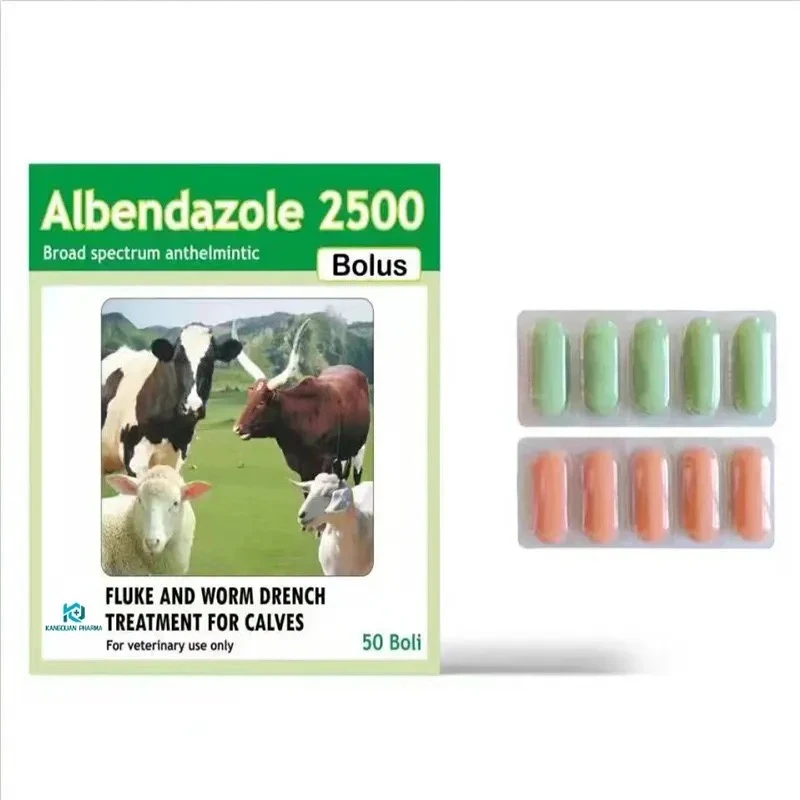- Afrikaans
- Albanian
- Amharic
- Arabic
- Armenian
- Azerbaijani
- Basque
- Belarusian
- Bengali
- Bosnian
- Bulgarian
- Catalan
- Cebuano
- Corsican
- Croatian
- Czech
- Danish
- Dutch
- English
- Esperanto
- Estonian
- Finnish
- French
- Frisian
- Galician
- Georgian
- German
- Greek
- Gujarati
- Haitian Creole
- hausa
- hawaiian
- Hebrew
- Hindi
- Miao
- Hungarian
- Icelandic
- igbo
- Indonesian
- irish
- Italian
- Japanese
- Javanese
- Kannada
- kazakh
- Khmer
- Rwandese
- Korean
- Kurdish
- Kyrgyz
- Lao
- Latin
- Latvian
- Lithuanian
- Luxembourgish
- Macedonian
- Malgashi
- Malay
- Malayalam
- Maltese
- Maori
- Marathi
- Mongolian
- Myanmar
- Nepali
- Norwegian
- Norwegian
- Occitan
- Pashto
- Persian
- Polish
- Portuguese
- Punjabi
- Romanian
- Russian
- Samoan
- Scottish Gaelic
- Serbian
- Sesotho
- Shona
- Sindhi
- Sinhala
- Slovak
- Slovenian
- Somali
- Spanish
- Sundanese
- Swahili
- Swedish
- Tagalog
- Tajik
- Tamil
- Tatar
- Telugu
- Thai
- Turkish
- Turkmen
- Ukrainian
- Urdu
- Uighur
- Uzbek
- Vietnamese
- Welsh
- Bantu
- Yiddish
- Yoruba
- Zulu
nóv . 08, 2024 00:13 Back to list
Sodium Soluble Sulfaquinoxaline Powder for Veterinary Use and Animal Health Applications
Understanding Sulfaquinoxaline Sodium Soluble Powder Uses, Benefits, and Precautions
Sulfaquinoxaline sodium soluble powder is a well-known veterinary medicine belonging to the sulfonamide group of antibiotics. It is commonly used in the treatment and prevention of various bacterial infections in animals, particularly in avian species. This article provides an overview of sulfaquinoxaline, its properties, uses, benefits, and safety precautions for both animals and humans.
What is Sulfaquinoxaline Sodium Soluble Powder?
Sulfaquinoxaline sodium is a synthetic antibacterial agent primarily effective against a variety of bacterial pathogens. It works by inhibiting the synthesis of folic acid in bacteria, a crucial component for their growth and replication. The soluble powder form ensures that it can be easily administered via water, making it convenient for farmers and veterinarians to integrate into animal feed or drinking water.
Uses in Veterinary Medicine
The primary application of sulfaquinoxaline sodium is in the treatment of coccidiosis, a significant parasitic disease in poultry that can lead to severe economic losses. By controlling the proliferation of coccidia, sulfaquinoxaline helps maintain the health and productivity of flocks. Additionally, it can be used to treat bacterial infections of the intestines, respiratory system, and skin in livestock.
Aside from poultry, sulfaquinoxaline has applications in the treatment of various infections in other livestock species, including pigs and cattle. Its effectiveness in combating secondary bacterial infections related to viral diseases has also been noted. For instance, during outbreaks of respiratory diseases, the use of sulfaquinoxaline can help reduce the incidence of complications caused by susceptible bacteria.
Benefits of Sulfaquinoxaline
1. Broad Spectrum Antibacterial Action Sulfaquinoxaline is effective against a wide range of bacteria, making it a versatile option for treating infections in various species.
sulfaquinoxaline sodium soluble powder

2. Ease of Administration The soluble powder form allows for effortless incorporation into drinking water or feed, ensuring that animals receive the full dosage without the stress of injections.
3. Prevention of Disease Besides treating existing infections, sulfaquinoxaline can also be used as a preventive measure, particularly in high-risk environments, reducing the likelihood of disease outbreaks.
4. Cost-Effective The relative low cost of sulfaquinoxaline sodium makes it an attractive option for farmers aiming to protect their livestock and minimize losses from disease.
Safety and Precautions
While sulfaquinoxaline sodium is generally considered safe for use in animals, there are important precautions that must be observed. Overuse or misuse can lead to the development of antibiotic-resistant bacteria, a significant concern in both veterinary and human medicine. Therefore, it is crucial to follow veterinary advice regarding dosage and duration of treatment.
Additionally, there are specific withdrawal times associated with sulfaquinoxaline when used in food-producing animals. This means that farmers must ensure that there is a sufficient time interval between the last administration of the drug and the slaughter of the animal to prevent residues in meat. Adhering to these guidelines is essential for safeguarding consumer health.
Farmers and veterinarians must also be aware of the potential for allergic reactions in some animals. While uncommon, signs of an allergic response may include skin irritations, vomiting, or lethargy. In such cases, immediate veterinary attention should be sought.
Conclusion
Sulfaquinoxaline sodium soluble powder plays an integral role in modern veterinary medicine, particularly in managing bacterial infections and parasitic diseases in livestock. Its ease of use, effectiveness, and cost efficiency make it a valuable tool for farmers. However, responsible use is paramount to avoid contributing to antibiotic resistance and ensure the safety of both animals and consumers. As with any medication, it is essential to seek veterinary guidance when considering the use of sulfaquinoxaline to ensure the best outcomes for animal health and well-being. By following proper guidelines, we can harness the benefits of sulfaquinoxaline while minimizing its risks.
-
Guide to Oxytetracycline Injection
NewsMar.27,2025
-
Guide to Colistin Sulphate
NewsMar.27,2025
-
Gentamicin Sulfate: Uses, Price, And Key Information
NewsMar.27,2025
-
Enrofloxacin Injection: Uses, Price, And Supplier Information
NewsMar.27,2025
-
Dexamethasone Sodium Phosphate Injection: Uses, Price, And Key Information
NewsMar.27,2025
-
Albendazole Tablet: Uses, Dosage, Cost, And Key Information
NewsMar.27,2025













